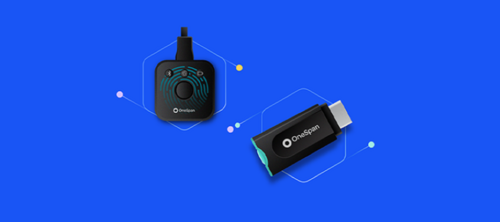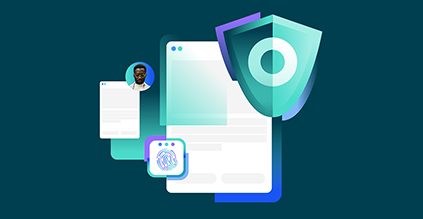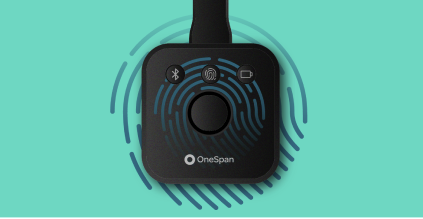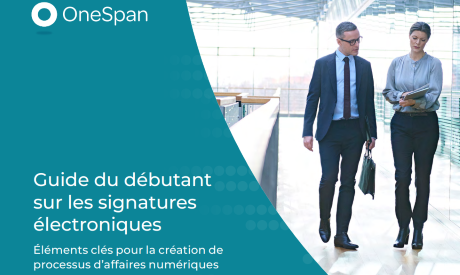Notifications d'événements de rappel : pourquoi voter ? On t'appellera !

Une fois que vous avez votre intégration ou application en place et en cours d'exécution, vous pourriez vous demander ... Qu'est-ce qu'il y a après ? En d'autres termes, votre application envoie des transactions (c'est-à-dire des paquets) aux destinataires par e-mail ou en utilisant la signature intégrée. Grand!
La prochaine étape logique consiste à permettre à votre intégration d'automatiser les tâches post-esignlive. Considérez ces deux scénarios:
- Votre statut de transaction devient terminé. Votre application peut télécharger les documents signés à la fin de la transaction pour le stockage dans une base de données d'entreprise.
- Votre destinataire a téléchargé une pièce jointe que vous avez demandée. Votre application pourrait vous informer d'un tel événement afin que la pièce jointe soit revue.
Une façon de récupérer ces informations serait de mettre en place un mécanisme de vote. Par exemple, vous pouvez configurer votre application pour vérifier périodiquement l'état d'une ou plusieurs transactions. Cependant, les sondages ont de nombreux inconvénients :
- Votre application passera la plupart de son temps à apprendre rien de nouveau. Supposons que vous envoyez une transaction pour la signature et qu'elle ne soit complétée qu'une semaine plus tard, votre application sonde l'état de la transaction une fois par heure, vous récupéreriez que votre transaction n'est pas encore complétée 167 fois... Aïe!
- C'est une douleur sur les serveurs eSignLive. Le fait de voter le statut d'une transaction toutes les heures n'est pas la fin du monde. Mais de façon réaliste, vous ferez plus d'une transaction à la fois. Si chacun de nos clients avait 100 transactions en attente et sondait le statut pour chacune toutes les 15 minutes, cela deviendrait rapidement extrêmement inefficace et mettrait une énorme charge sur le système eSignLive.
L'alternative au sondage serait d'utiliser les notifications d'événements de rappel. Essentiellement, lorsqu'un événement se produit (c.-à-d. transaction terminée, pièce jointe téléchargée, etc.), une notification est envoyée sous la forme d'une demande HTTP POST à l'URL enregistrée dans votre compte eSignLive. La demande POST contient des informations pertinentes sur l'événement, ce qui permet à votre application d'agir en conséquence. Vous pouvez choisir les événements pour lesquels vous souhaitez recevoir des charges utiles. Il est utile de vous abonner uniquement aux événements spécifiques que vous envisagez de gérer pour limiter le nombre de demandes HTTP à votre serveur. Vous pouvez modifier la liste des événements souscrits via l'API ou l'interface uI à tout moment.
Les rappels offrent de nombreux avantages. Principalement, il élimine le besoin de sondages inutiles. Vous obtenez des informations utiles au fur et à mesure qu'elles se produisent.
Configuration des notifications d'événements de rappel
Avant que le système eSignLive puisse vous informer d'un événement, vous devez d'abord vous inscrire pour être informé en cas d'événement. Avec une seule demande, un compte peut avoir un ou plusieurs événements liés à une URL. Une notification d'événement nouvellement enregistrée prendra jusqu'à 5 minutes après son inscription pour être active. Les développeurs peuvent également configurer l'autorisation de base pour rendre les notifications de rappel plus sécurisées sous la forme d'une clé de rappel facultative, qui est envoyée en texte clair en tant qu'en-tête lors de la prise de rappel. La clé de rappel est cryptée lorsqu'elle est sauvegardée. Bien que, pour être vraiment sécurisé, vous devez utiliser les clés de rappel uniquement sur HTTPS.
Vous pouvez suivre ce guide de fonctionnalitésur la façon de vous inscrire aux notifications d'événements de rappel.
Configuration de votre application
Votre URL d'auditeur est une URL sur laquelle votre application reçoit des demandes entrantes (par exemple https://www.yourcompany.com/events). Lorsque l'un des événements enregistrés se produit, la plate-forme eSignLive fait une demande POST à votre auditeur, à l'URL que vous avez fournie, avec les données pertinentes. Ainsi, cela signifie que votre URL d'auditeur doit être accessible au public pour permettre à la plate-forme eSignLive de l'appeler.
Vous pouvez suivre ces blogs sur la façon de créer un simple auditeur de rappel:
Si vous avez des questions concernant ce blog ou toute autre chose concernant l'intégration d'eSignLive dans votre application, visitez les forums de la communauté des développeurs: https://developer.esignlive.com. C'est moi qui l'ai fait. Merci de lire! Si vous avez trouvé ce message utile, s'il vous plaît le partager sur Facebook, Twitter, ou LinkedIn.
Haris Haidary
Évangéliste technique junior
LinkedIn - France Twitter (en)





